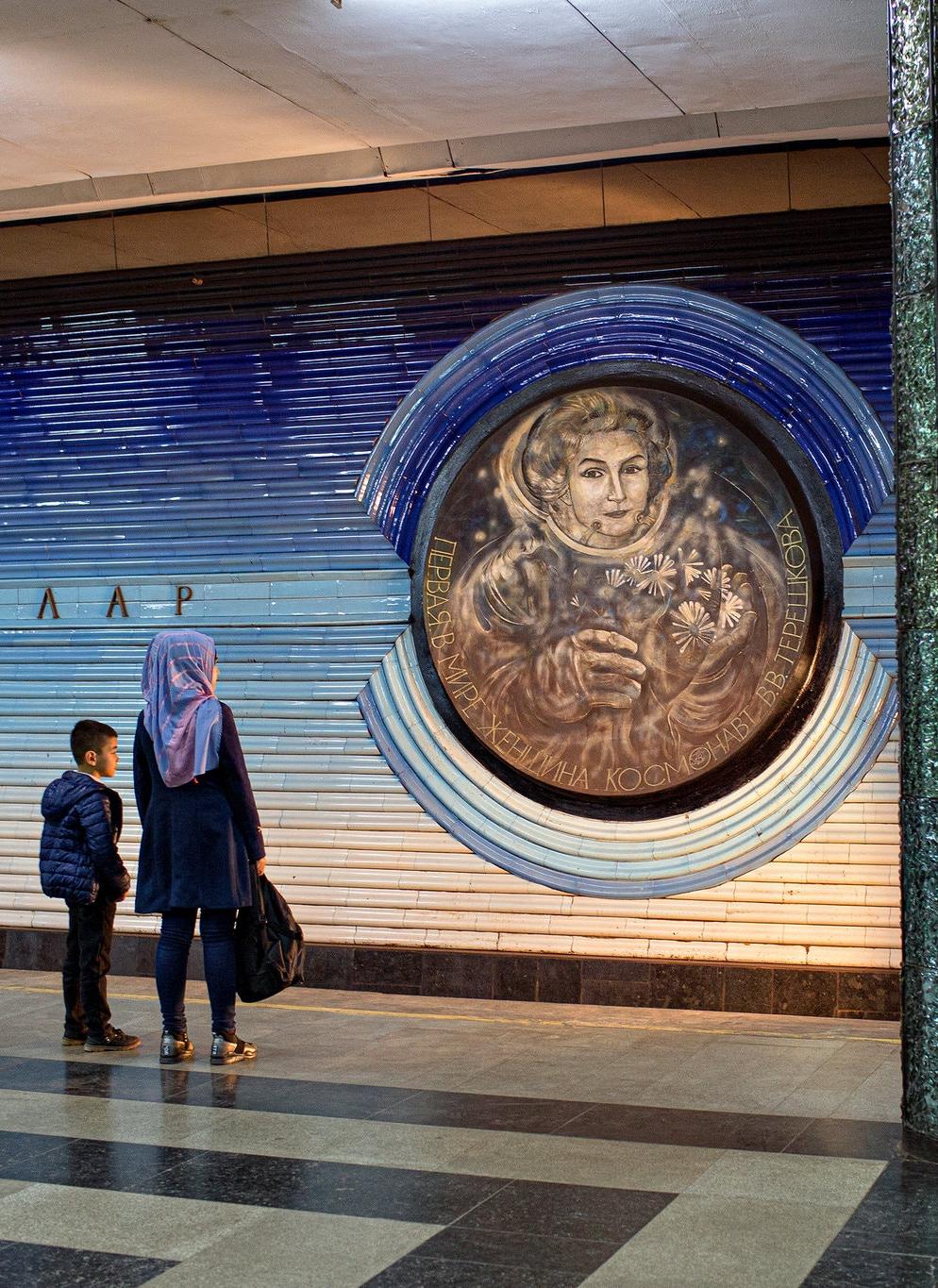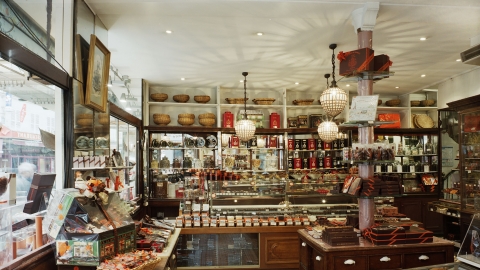Extremely rich
During Soviet times, cities with a population of one million were eligible to have their own metro system. Planners wanted to enhance the everyday lives of Soviet citizens, and they saw the metro system, which tens of thousands of people commuted through every day, as a unique opportunity to do so.
In 1977, Tashkent, the capital of Uzbekistan, became the seventh Soviet city to build a metro system. Grandiose themes celebrating the history of Uzbekistan and the Soviet Union were brought to life, commissioned as works of art, and designers got to work.

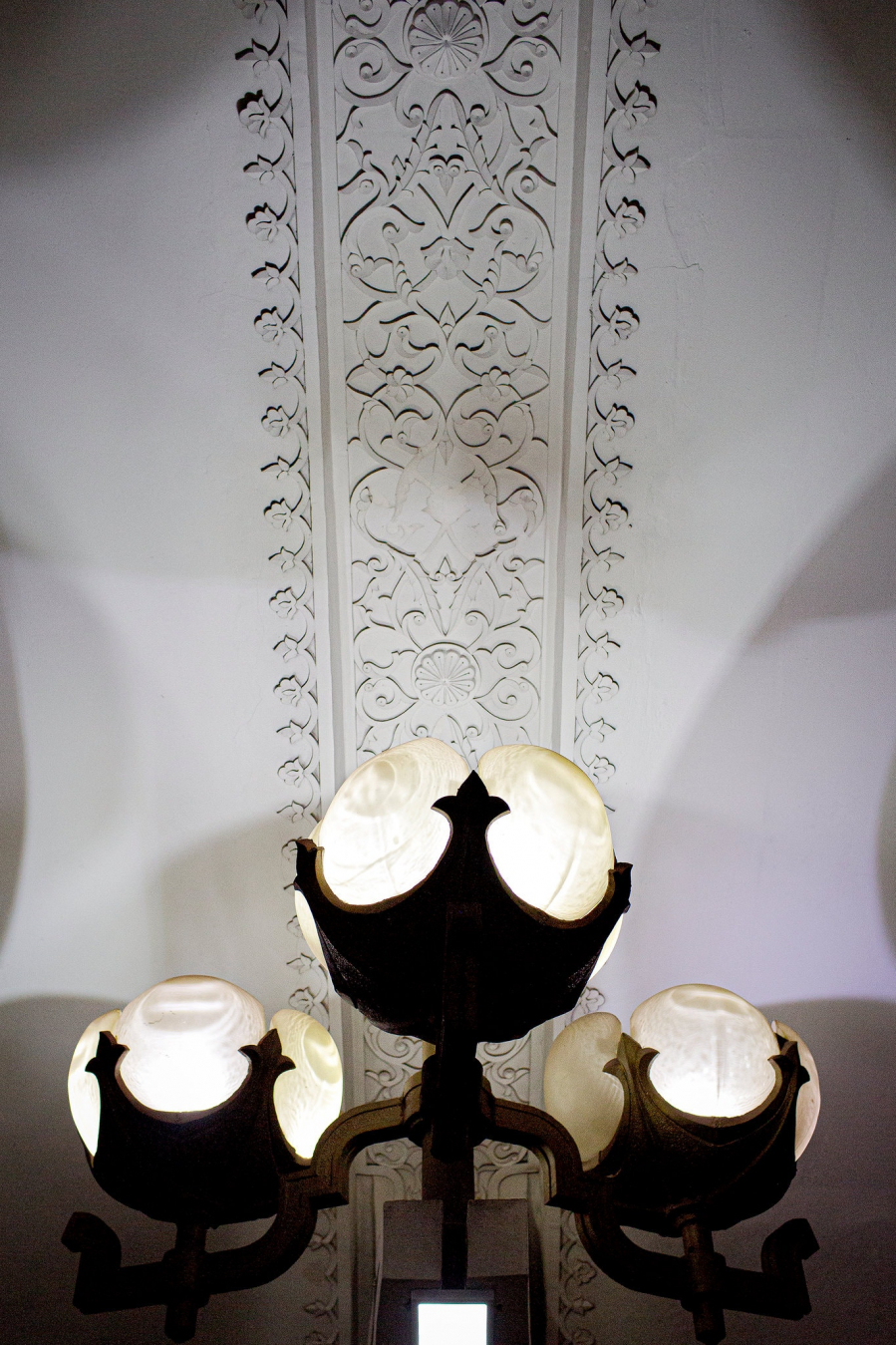
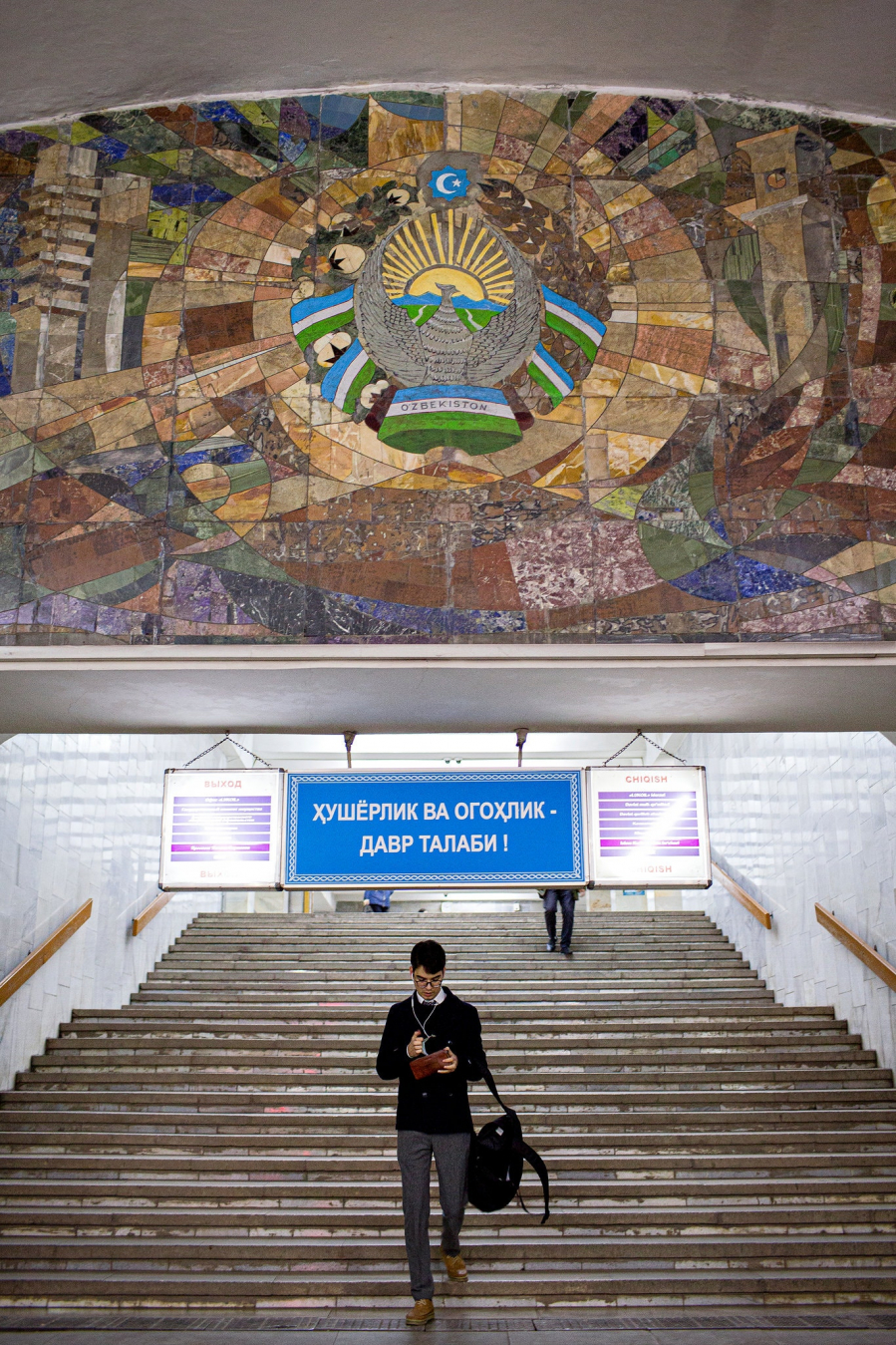

Tashkent's metro system was described by Lonely Planet as one of the most beautiful Soviet metro systems in the world.
The stations are designed according to different themes, some have vaulted ceilings with colored tiles reminiscent of Silk Road-era mosques in Uzbekistan, others are decorated with chandeliers and marble to resemble lavish European ballrooms.
As a result, the city's metro system was described by travel publication Lonely Planet as one of the most beautiful Soviet metro systems in the world.
History of the Silk Road
Alisher Navoi Station, named after the Uzbek poet, is one of the most famous stations on the Tashkent metro system. Inside, the domes and blue tiles evoke Uzbekistan’s Silk Road history, with its ancient mosques and madrassas.
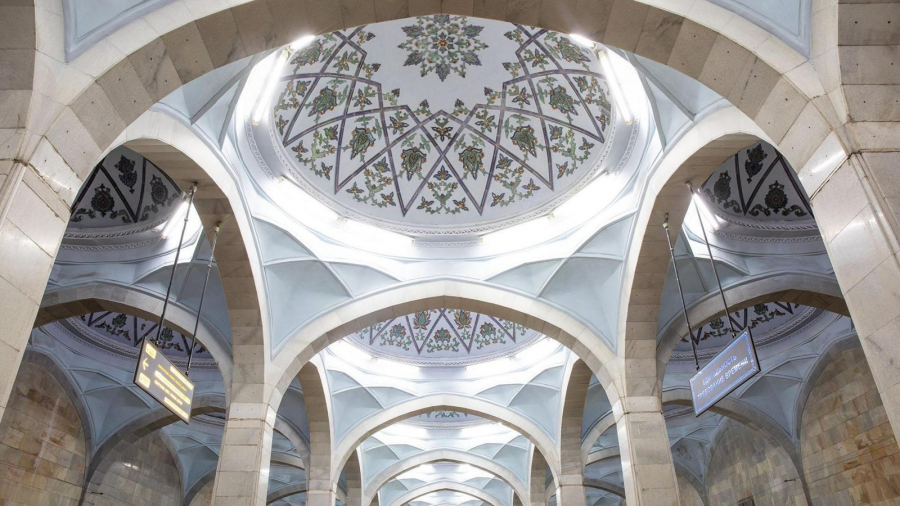
Alisher Navoi Station is one of the most famous stations of the Tashkent metro system.
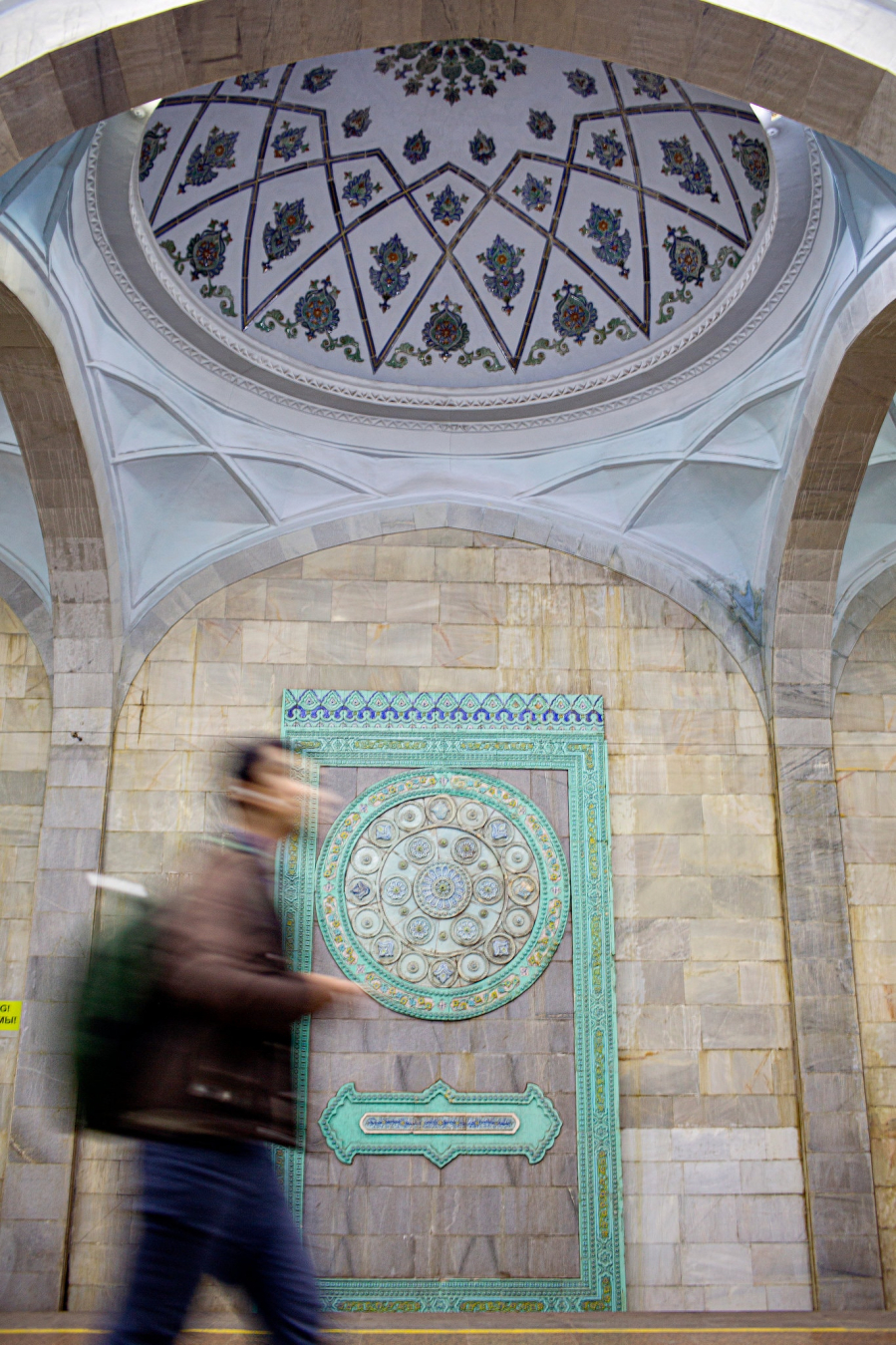
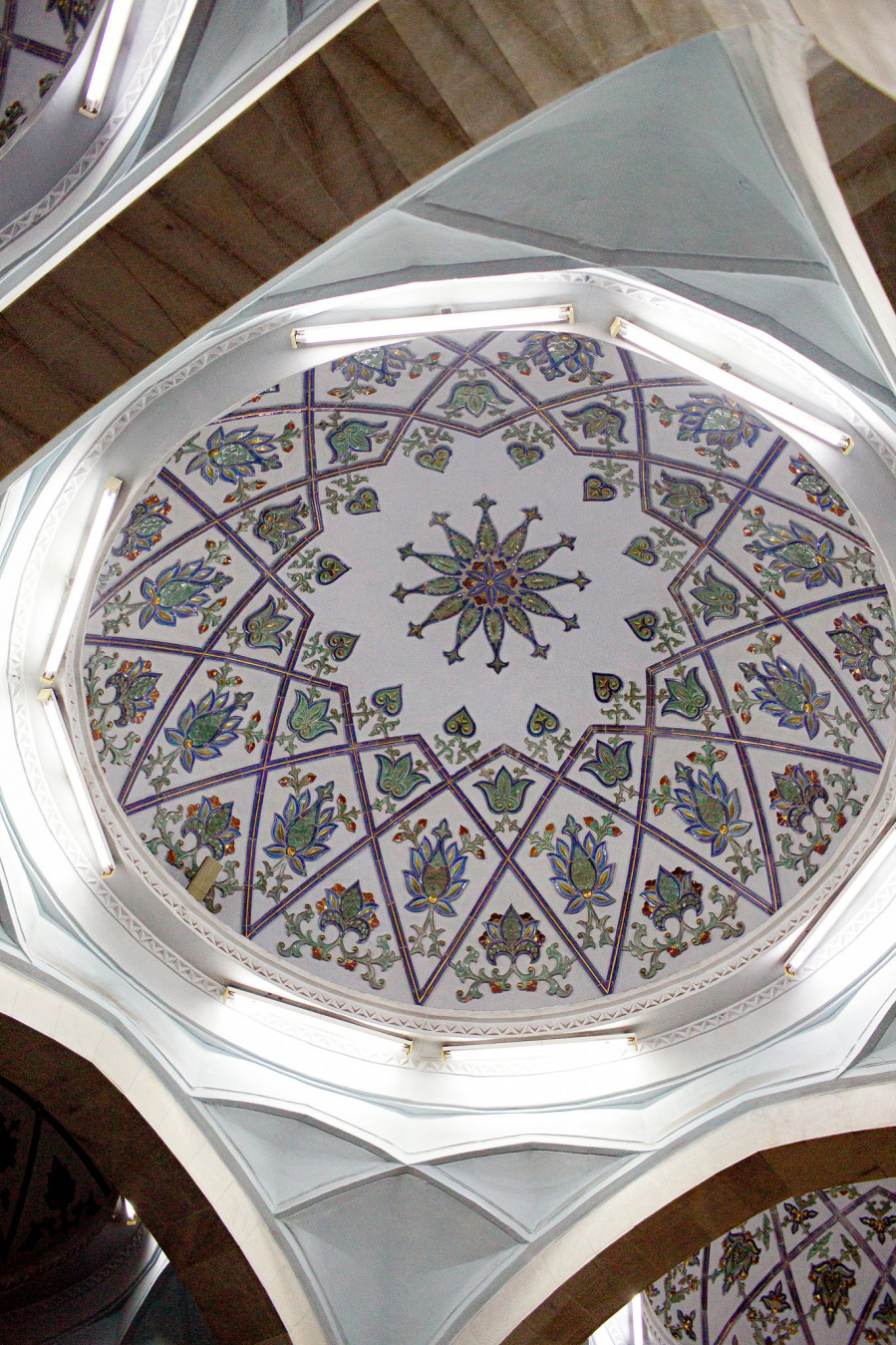

Portrait of poet Alisher Navoi on the wall of the station of the same name
This is one of the busiest stations in Tashkent, always bustling with not only regular commuters but also a large number of tourists and locals who come here to take photos, something that was banned until 2018.
Hidden
When Tashkent's metro system was built, photography was banned in the stations because they also served a secondary function: nuclear bomb shelters.
During the Soviet era, fear of espionage and tight control of information meant that photography was largely viewed with suspicion as having malicious intent, especially around sensitive military installations and bomb shelters.


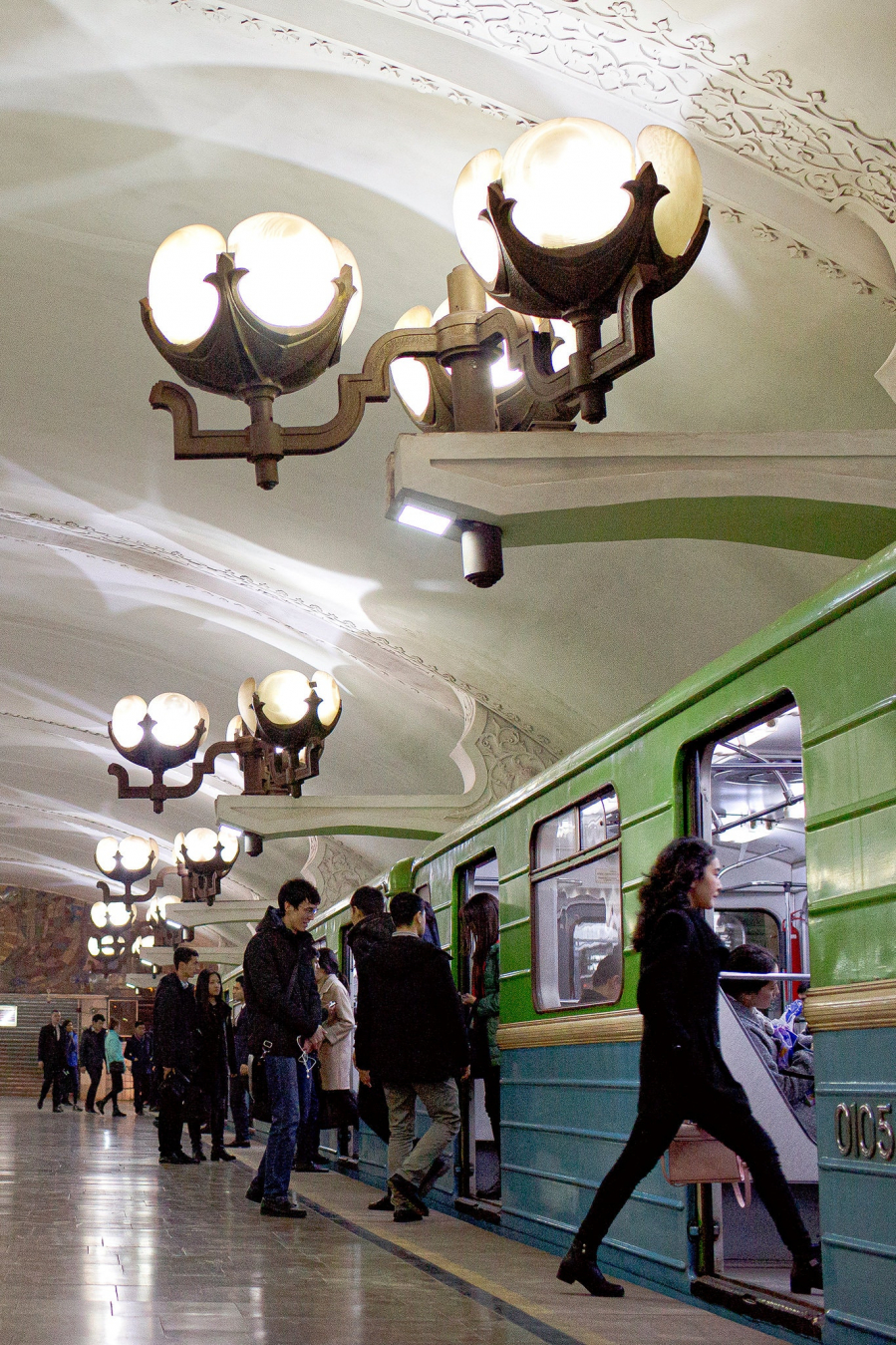
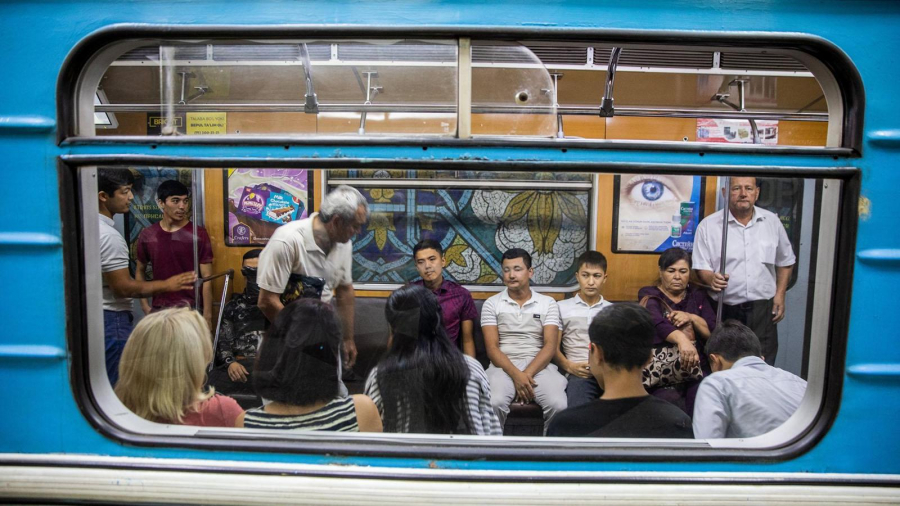
During Soviet times, the Tashkent metro system also served as a nuclear bomb shelter.
After the Soviet Union collapsed in 1991, the former Soviet leader of Uzbekistan, Islam Karimov, took power and continued that policy.
However, Mr Karimov's successor, Shavkat Mirziyoyev, has initiated reform policies, seeking to open up the country's economy and attract investors and tourists.
Perhaps realizing the subway system's potential to attract tourists, in mid-2018 the government no longer considered the area a military facility, and lifted the 41-year ban on taking photos inside.
Topics in the station
Within the Tashkent metro system, each station has its own unique design, decorated with marble, granite, glass, ceramics, and alabaster. Many designs center around a theme, often reflected in the station’s name.

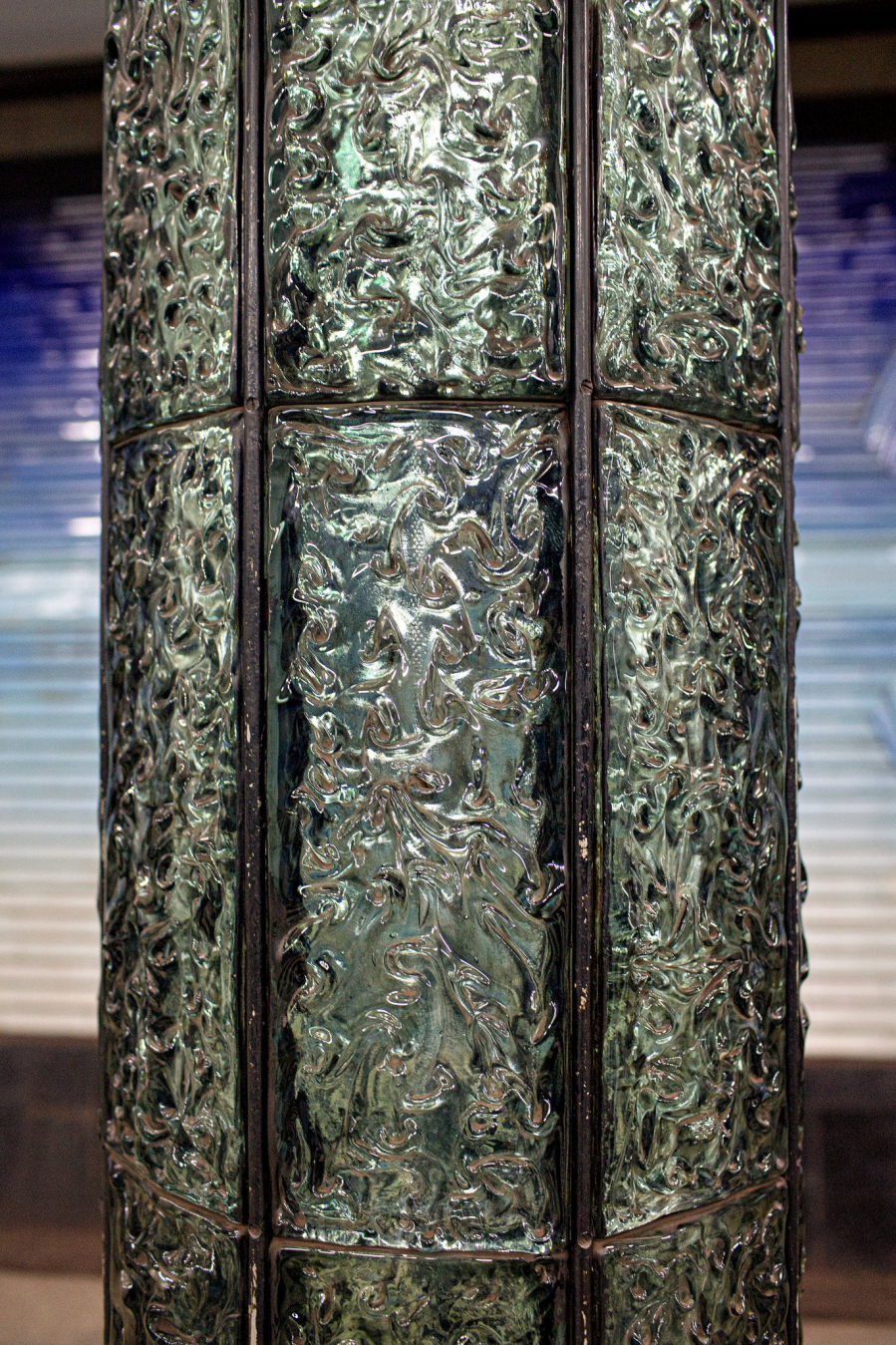

Kosmonavtlar Station commemorates Soviet cosmonauts and the Soviet Space Program.
For example, Kosmonavtlar Station on the O'zbekiston line pays tribute to Soviet cosmonauts and celebrates the Soviet Space Program, while Pushkin Station, which honors the life of the famous Russian author and poet, is located a few stops away on the Chilonzor line.
The Space Race
Yuri Gagarin and the early cosmonauts were among the Soviet Union's most important heroes, symbols of Soviet superpower power in the Space Race. Their images were often depicted in Russian propaganda.

A portrait of Yuri Gagarin, the first man in space, adorns the wall of Kosmonavtlar Station
All around him, on the walls, are surreal images of other famous astronauts floating in space, mixed with futuristic designs in blue and black, similar to the colors astronauts see when they leave Earth's atmosphere.
Proletariat
In true Soviet fashion, the products of the proletariat are also celebrated.
At Pakhtakor Station (which translates to "Cotton Picking Station"), stylized images of cotton are depicted in giant mosaics on the walls. The Soviet Union wanted to develop Uzbekistan into a major cotton producer, restructuring its agricultural economy and streamlining it until the product met 70% of the entire Soviet Union's cotton consumption.
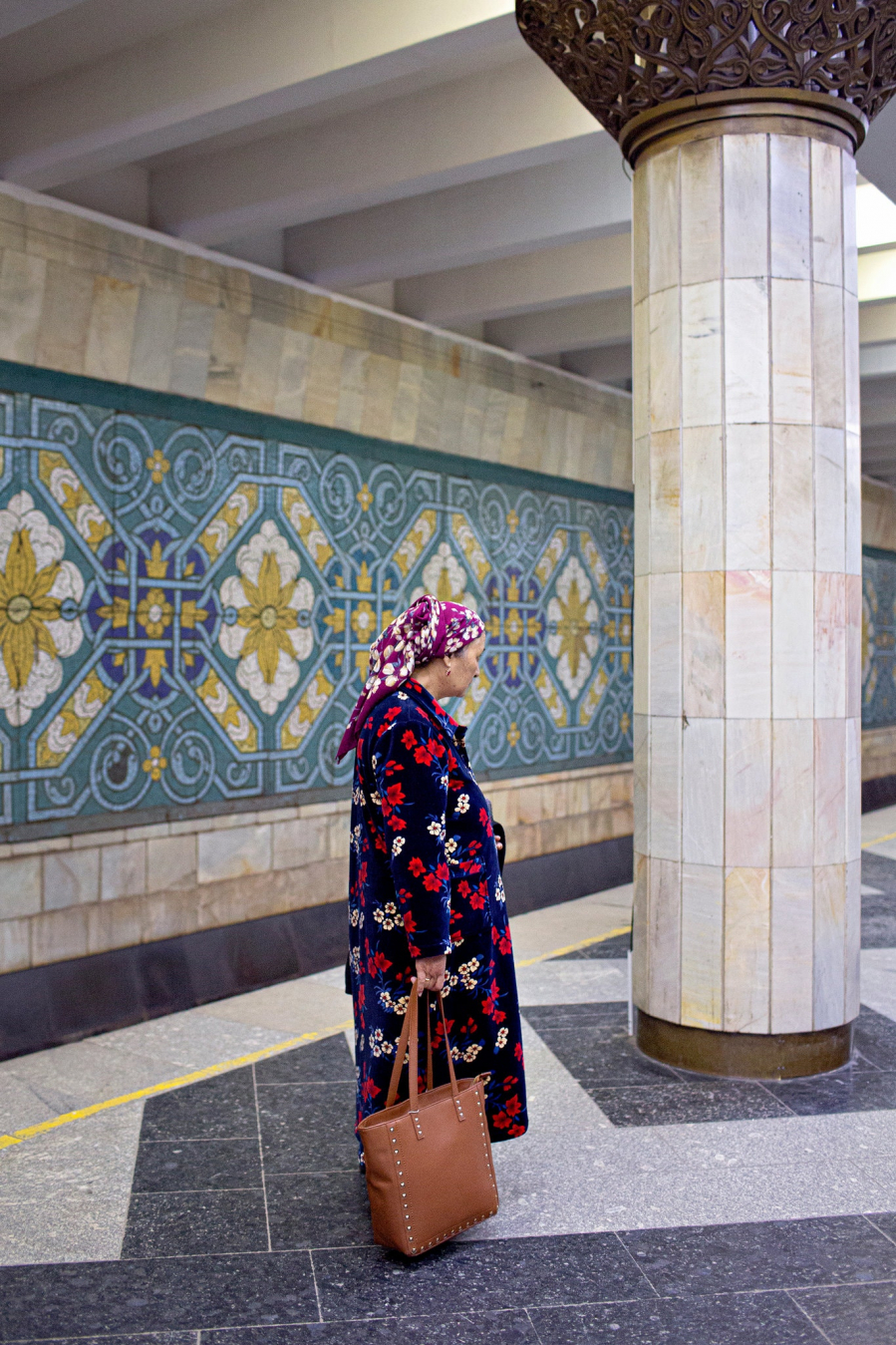
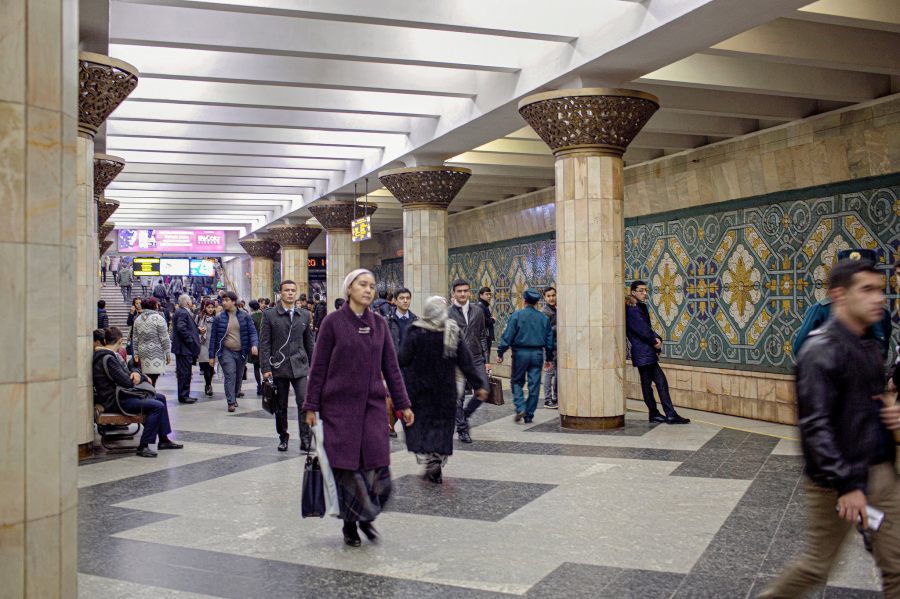
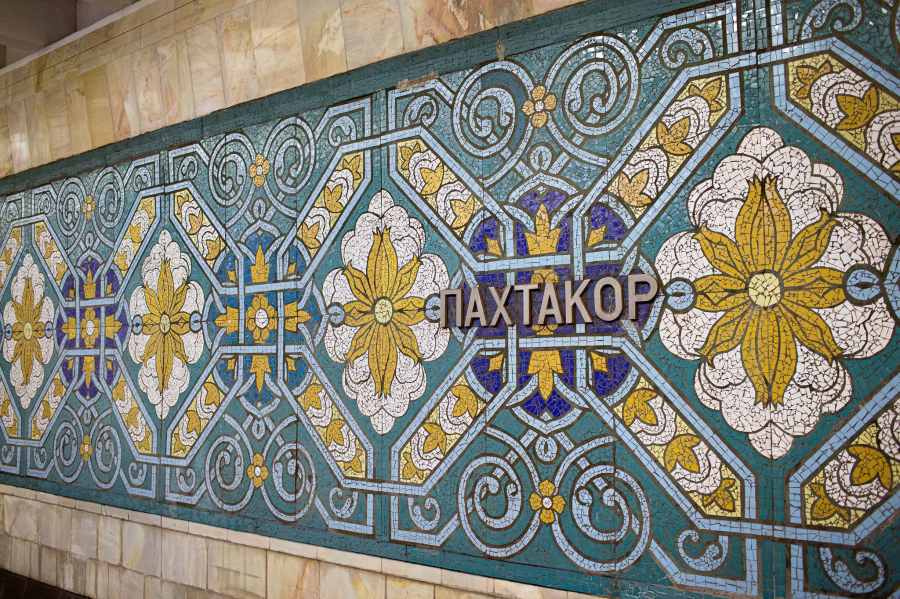

Stylized images of flowers are depicted in a giant mosaic on the wall of Pakhtakor Station
This caused a terrible environmental disaster: the Aral Sea, once the fourth largest freshwater lake in the world, began to dry up, causing fish to disappear and port towns to fall into ruin in what had turned from a lake into a desert.
Soviet trains
Beneath this glitzy exterior, Tashkent’s metro system exudes a very Soviet utilitarian feel. Many of the trains still in service are the venerable 81-717/714 class cars, designed in the mid-1970s and widely used in post-Soviet metro systems.

Many Soviet-era trains are still in operation.
As of 2013, there were 168 Soviet-era blue trains still in operation, but they are slowly being replaced by newer models.
Cheap and popular
A single metro ride costs 1,200 Uzbekistani som (about 2,700 VND). This price makes it affordable for Uzbeks with a minimum wage of only 527,000 som a month (1,182,707 VND).
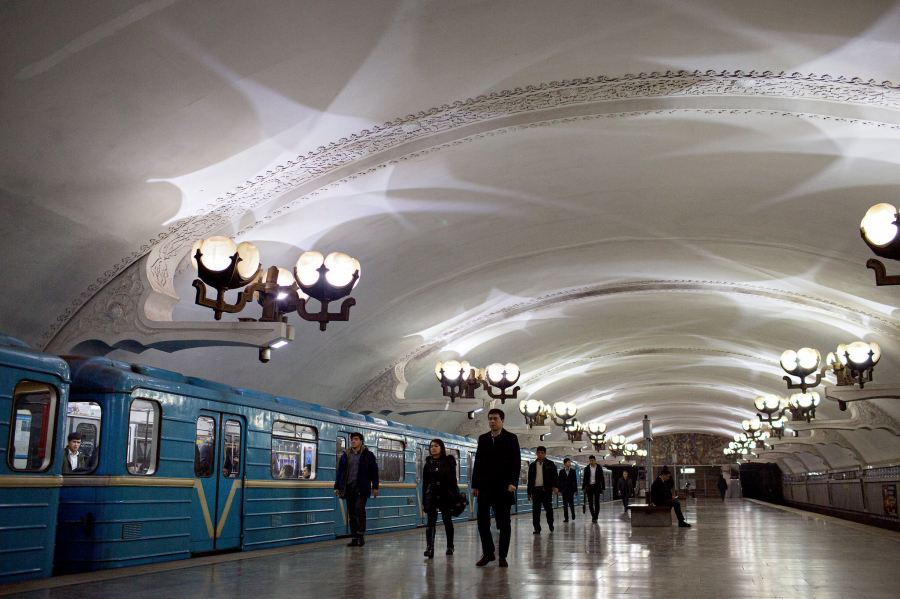

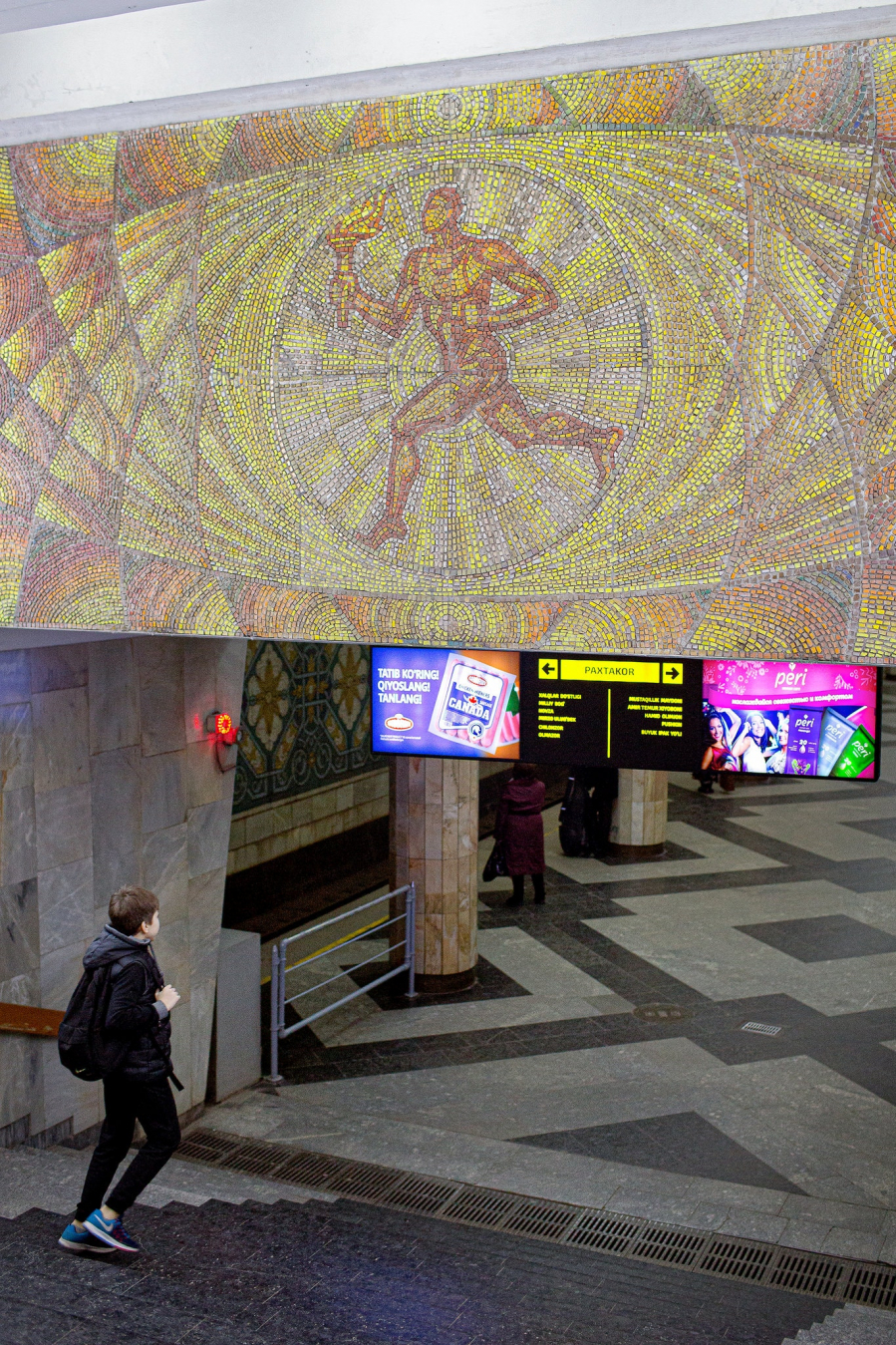
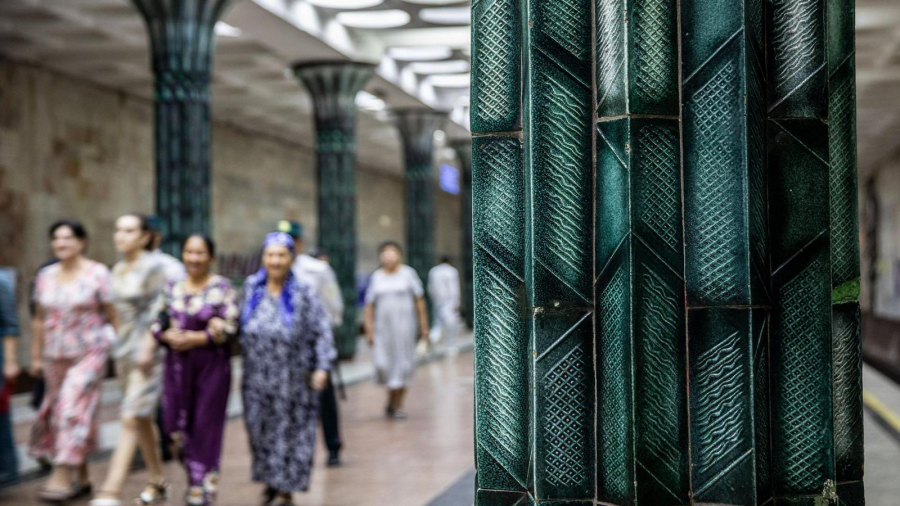
The metro system in Tashkent is a cheap and popular means of transport for the people.
The metro system is also evolving: a second line opened in 1984, and a third line opened in 2001 and is still being expanded, with plans to eventually link the northern districts with the airport in the south of the city.





